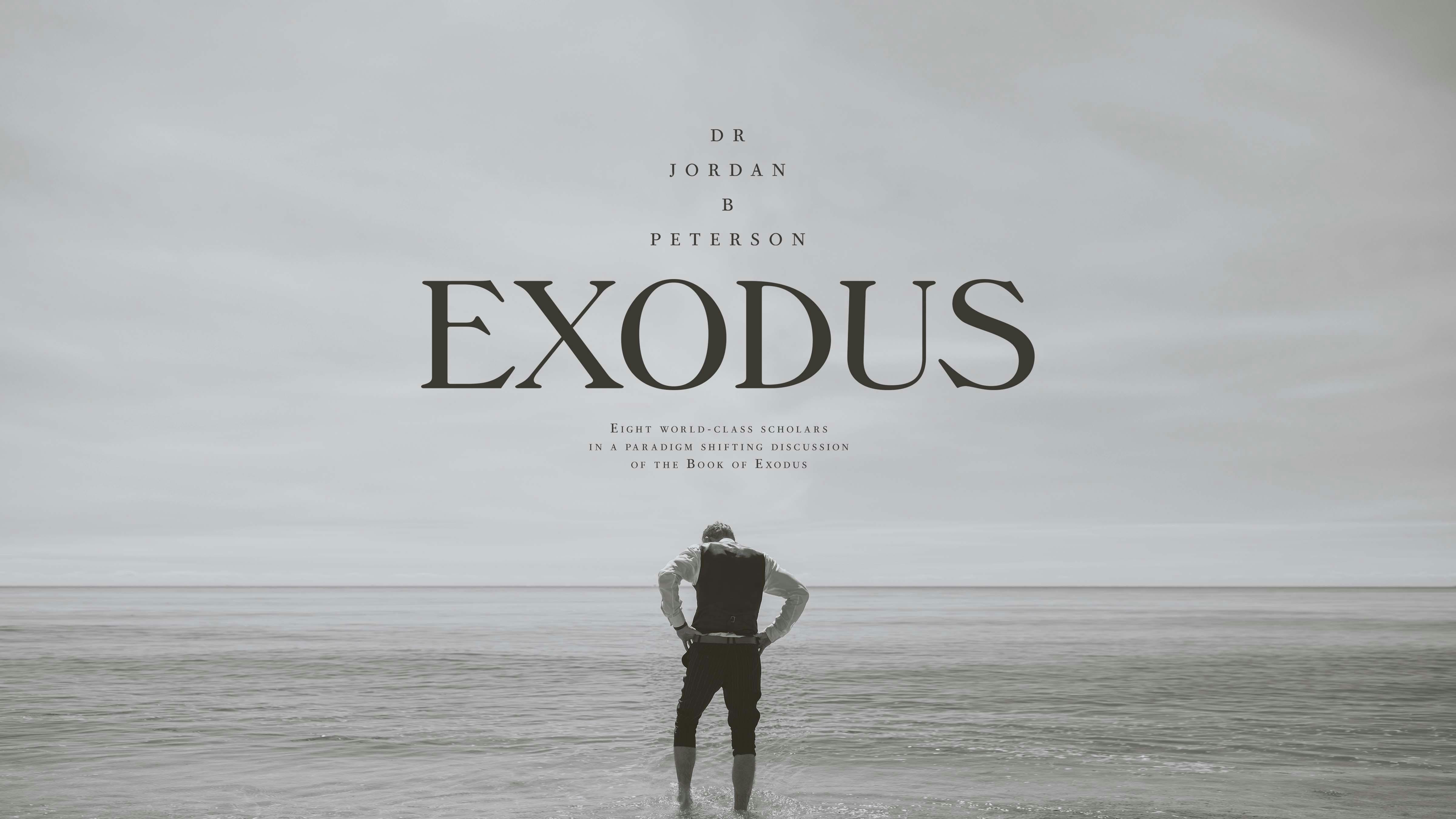Dr. Jordan B. Peterson convened a panel of scholars to examine the Book of Exodus. There are 17 sessions (termed episodes) altogether, stretching from November 25, 2022 to May 3, 2023. Check them out at Exodus Study Episodes on the Daily Wire. This study examines the book from several perspectives, including religious, philosophical, poetic, psychological and existential. One can even benefit from a rudimentary knowledge of chaos theory to glean wisdom from this study. It's truly a profound study. In episode 13 (as well as previously in a few instances) Dennis Prager (author of "The Rational Bible" study of the books of the Pentateuch — of which his study of three of the books are already published) humbly notes that he's learned new perspectives about God's motivations that he never considered before. And he's by no means the only one who acknowledges learning deep perspectives not considered before.
It's a follow on study to his lectures on the Book of Genesis. More than 12 million people viewed that series on YouTube alone. That study focused on the psychological significance of the book. The study of Exodus is sponsored by the Daily Wire. You can find both series on YouTube. If you don't like commercials and you don't like paying for a YouTube subscription, you can find the Exodus panel discussions on the The Daily Wire. The Daily Wire is a subscription service.
If you want to begin to grasp why people as diverse as William Shakespeare, Friedrich Nietzsche and Carl Jung studied these books, this is for you.


Comments